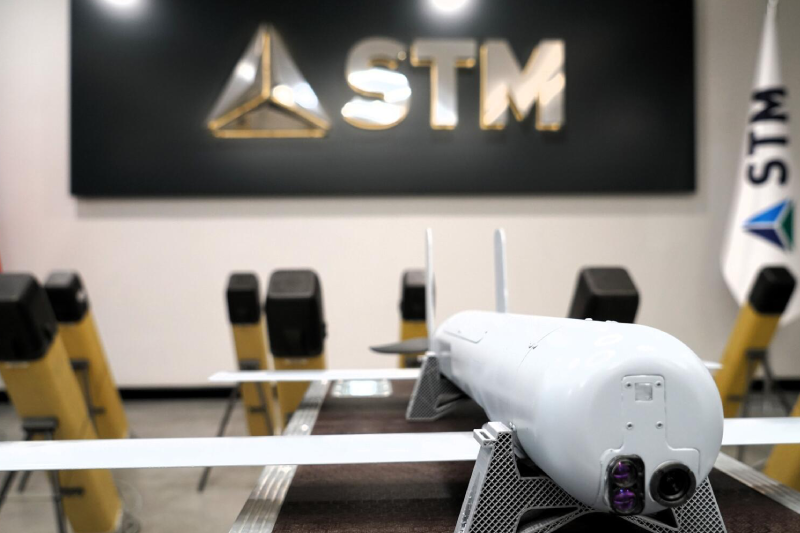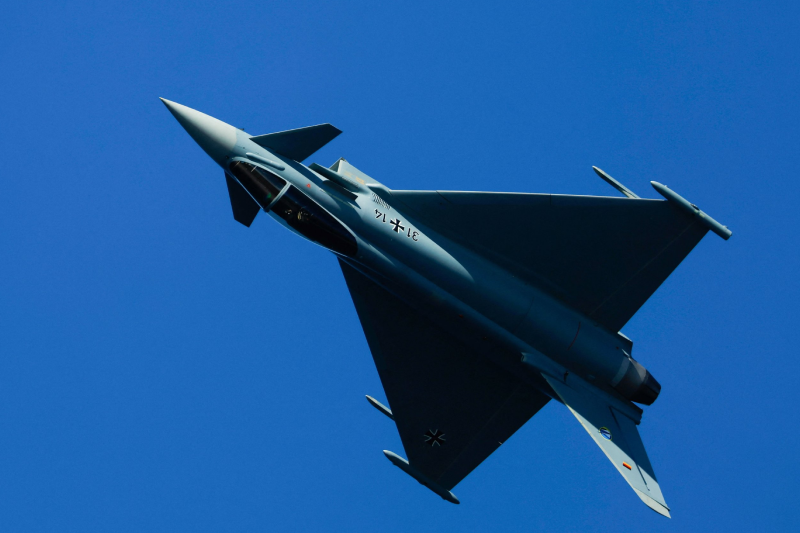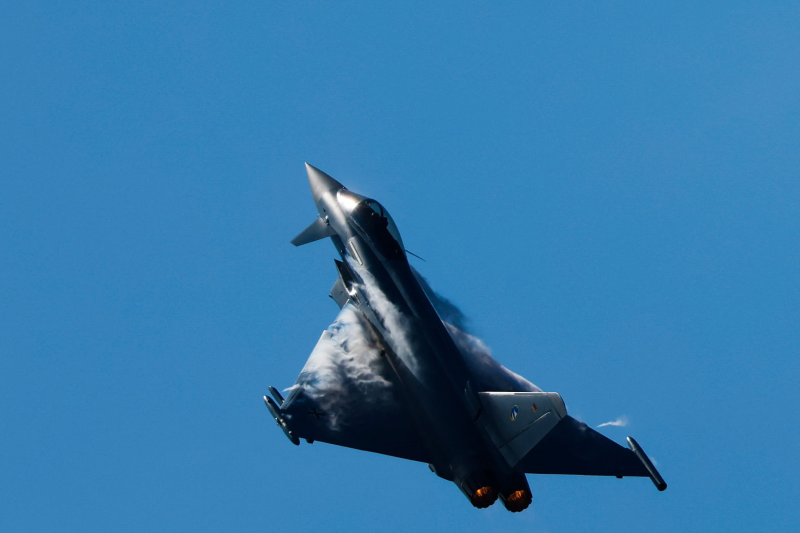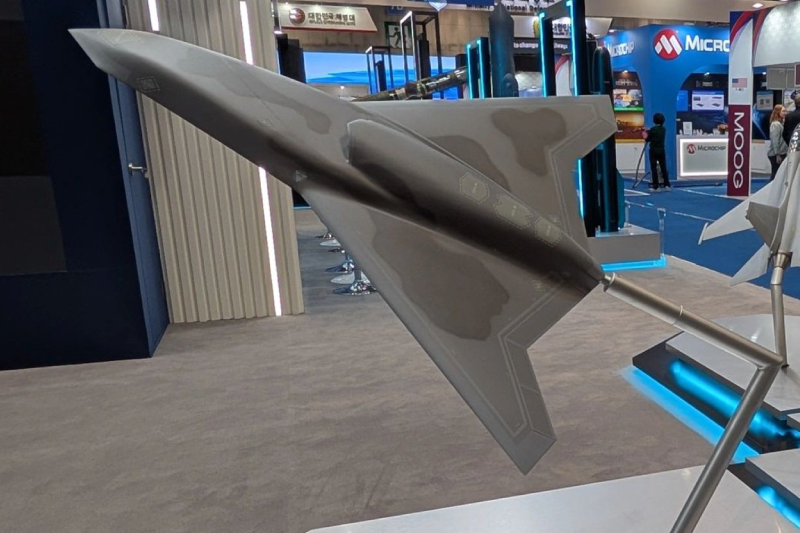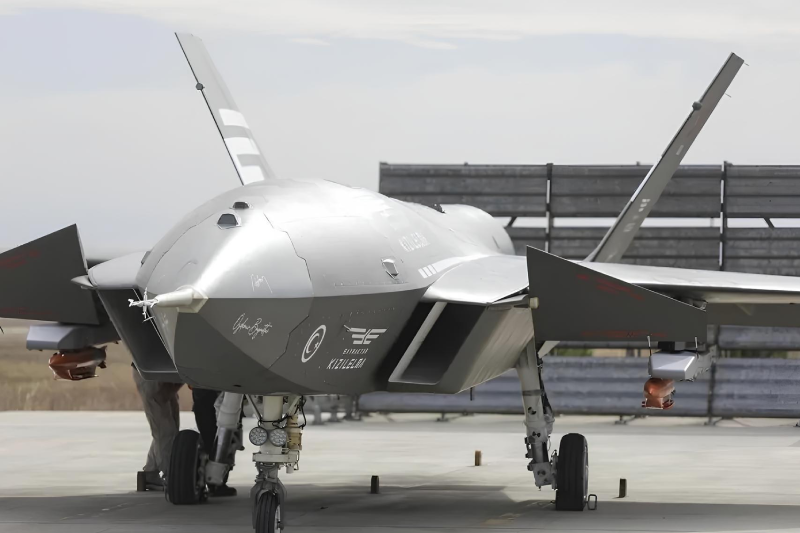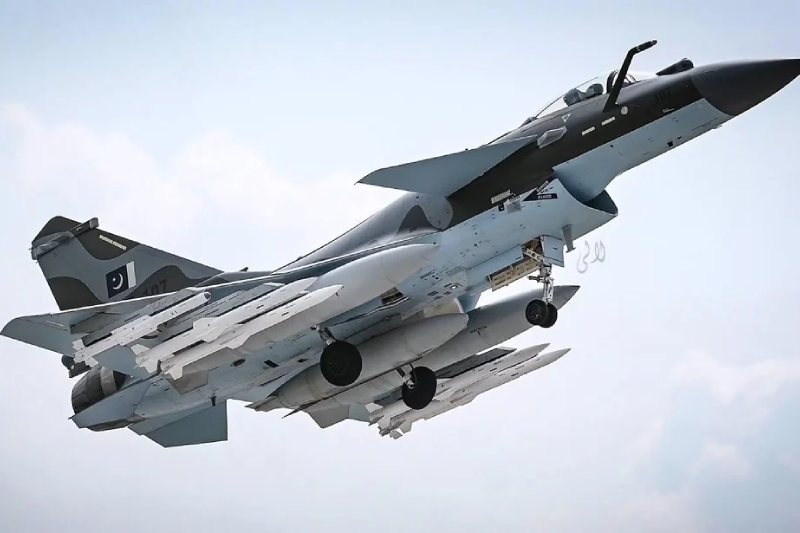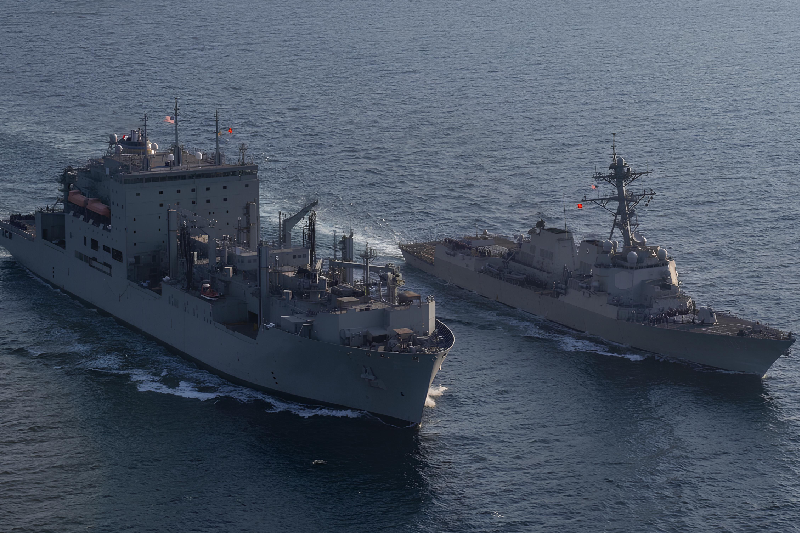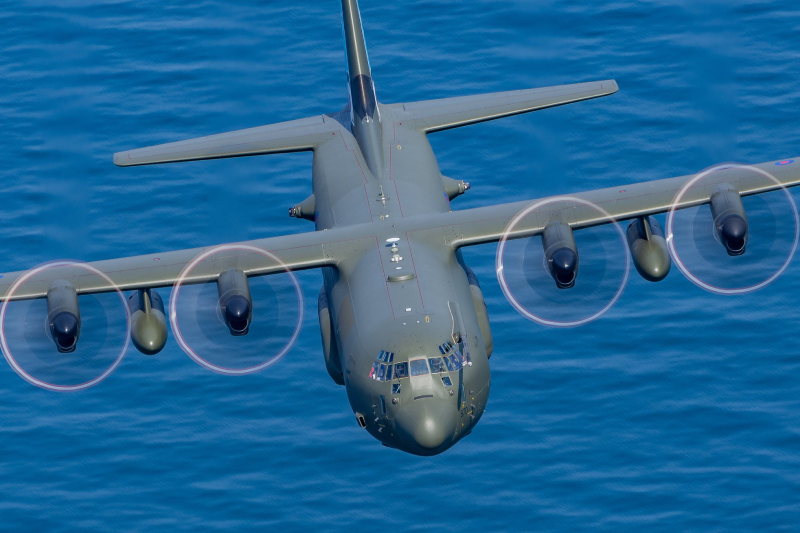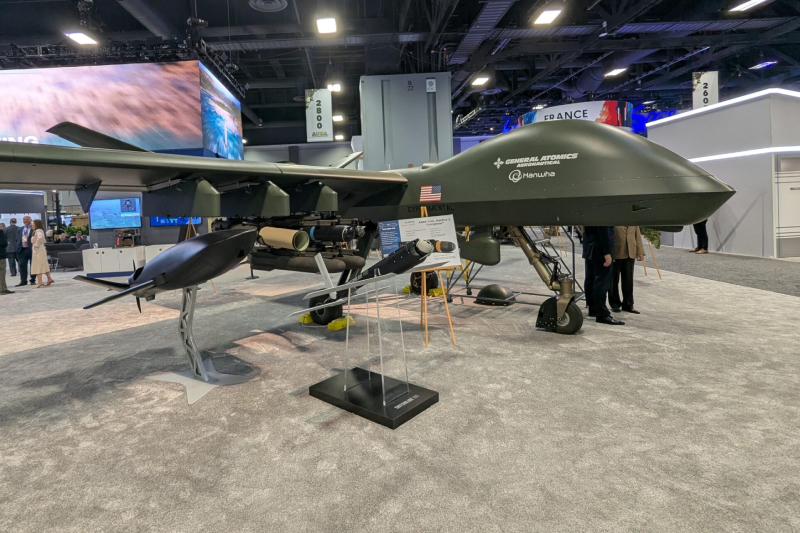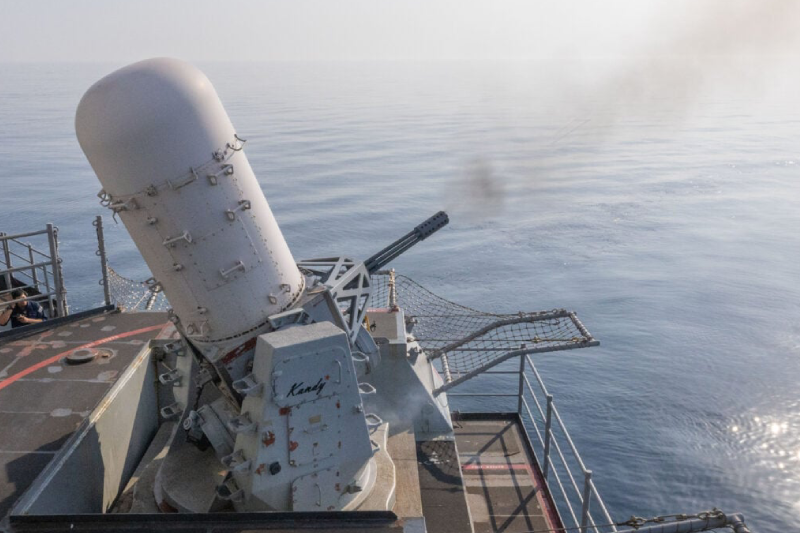US Navy Grants Raytheon $205M Contract For Phalanx Weapon Systems
The US Navy has awarded Raytheon a significant $205 million contract for the continued production and support of the Phalanx Close-In Weapon System, reinforcing the critical importance of this last-line defense system. The Raytheon Phalanx contract represents a substantial investment in maintaining and upgrading one of the Navy’s most essential point-defense technologies, ensuring continued protection for sailors across the surface fleet through advanced weapons system capabilities.
Major Defense Contract
The comprehensive $205 million contract, officially announced on September 8, encompasses multiple components including system upgrades, complete overhauls, strategic conversions, and delivery of essential related equipment. This multi-year agreement extends through 2029, demonstrating the Navy’s long-term commitment to maintaining superior point-defense capabilities across all surface combatant classes and allied naval forces worldwide.
Phalanx System Proves Combat Effectiveness
Recent combat operations have validated the Phalanx system’s life-saving capabilities in real-world scenarios. In January 2024, the USS Gravely, an Arleigh Burke-class guided missile destroyer, successfully employed its Phalanx system to intercept and destroy an incoming Houthi-launched missile in the Red Sea mere seconds before impact. This critical interception prevented a direct hit and potentially saved the lives of over 300 sailors onboard, demonstrating the system’s combat-proven reliability.
Advanced Radar-Guided Defense Technology
The Phalanx CIWS operates as a sophisticated radar-guided, computer-controlled rapid-fire gun system specifically engineered to intercept and destroy incoming threats at extremely close range. The system effectively neutralizes anti-ship missiles, unmanned drones, and various low-flying projectiles that successfully penetrate outer defensive layers, serving as the final protective barrier for naval vessels in hostile environments.
Global Naval Deployment Across Allied Forces
Installation of Phalanx systems extends beyond U.S. Navy vessels, with the technology deployed on surface combatant classes across 24 allied nations worldwide. This extensive international adoption demonstrates the system’s universal effectiveness and reliability in protecting naval assets across diverse operational environments and threat scenarios, making it one of the most widely trusted naval defense systems globally.
Manufacturing and Production Excellence
Raytheon will conduct primary manufacturing operations at its specialized Louisville, Kentucky facility, with additional production and integration support occurring at various U.S. locations throughout the contract duration. This domestic production approach ensures quality control, maintains supply chain security, and supports American manufacturing jobs while delivering critical defense capabilities to naval forces.
Layered Defense Architecture Integration
The Phalanx system functions as a crucial component within sophisticated layered naval defense architectures, typically serving as the ultimate safeguard when longer-range missile systems and soft-kill countermeasures fail to neutralize approaching threats. The system’s self-contained design enables autonomous detection, tracking, and engagement capabilities, proving particularly effective during complex or rapidly developing combat scenarios.
Evolving Maritime Threat Environment
Contemporary maritime threats continue evolving rapidly, ranging from coordinated drone swarms to advanced anti-ship ballistic and cruise missiles developed by potential adversaries. The U.S. Navy has emphasized the critical need to retain, upgrade, and expand point-defense capabilities across the entire fleet to address these emerging challenges and maintain naval superiority in contested waters.
Continuous System Enhancement
Raytheon consistently refines Phalanx system capabilities through ongoing software and hardware enhancements, including improved target tracking algorithms, advanced radar components, and comprehensive sustainment improvements designed to reduce lifecycle costs for military operators. These continuous upgrades ensure the system remains effective against evolving threats while maintaining operational efficiency and cost-effectiveness.
Strategic Importance for Naval Operations
Barbara Borgonovi, President of Naval Power at Raytheon, emphasized the system’s critical role, stating that “Phalanx is our Navy’s last line of defense, expertly designed to protect our sailors from the threats they face every day.” This contract award underscores the substantial trust the U.S. Navy places in this absolutely critical defensive system for protecting naval personnel and assets.
International Naval Defense Partnerships
While the U.S. Navy leads global Phalanx deployment, allied naval forces across Europe, Asia, and the Middle East rely extensively on the system for essential ship defense capabilities. The continued production and enhancement of Phalanx systems signals the Navy’s unwavering intent to maintain robust short-range protection on surface ships amid increasing global maritime tensions and emerging security challenges.
Also read this: Turkiye Advances In KAAN Fighter Jet Production Milestones
Future Naval Defense Capabilities
The substantial investment in Phalanx system production and upgrades reflects the Navy’s strategic commitment to maintaining technological superiority in naval defense systems. As maritime threats become increasingly sophisticated and diverse, the continued enhancement and deployment of proven point-defense systems like Phalanx remains essential for protecting naval assets and personnel in contested operational environments worldwide.
The $205 million Raytheon contract for Phalanx systems represents a strategic investment in proven naval defense technology that continues protecting sailors and naval assets worldwide. Through continuous enhancement, combat-proven effectiveness, and widespread international adoption, the Phalanx system remains an indispensable component of modern naval defense architecture, ensuring maritime security in an increasingly complex threat environment.
Keep connected with us at Facebook, Twitter, YouTube, Instagram & TikTok for latest defense happening around the globe.
Discover more from International Defence Analysis
Subscribe to get the latest posts sent to your email.


